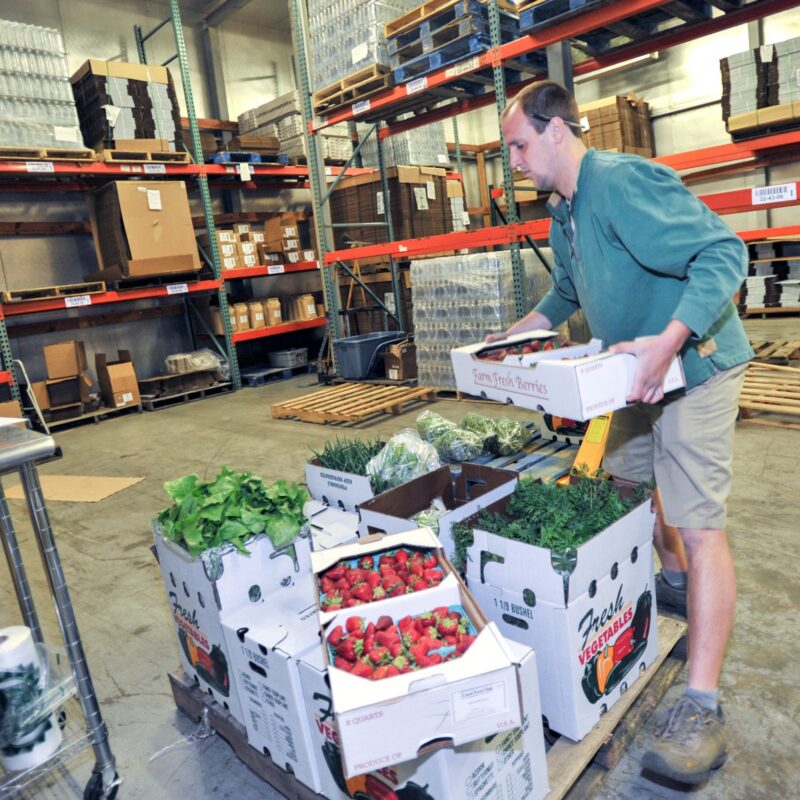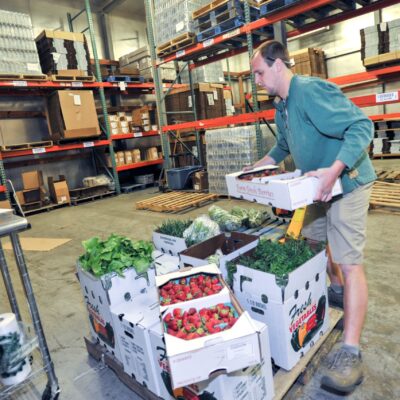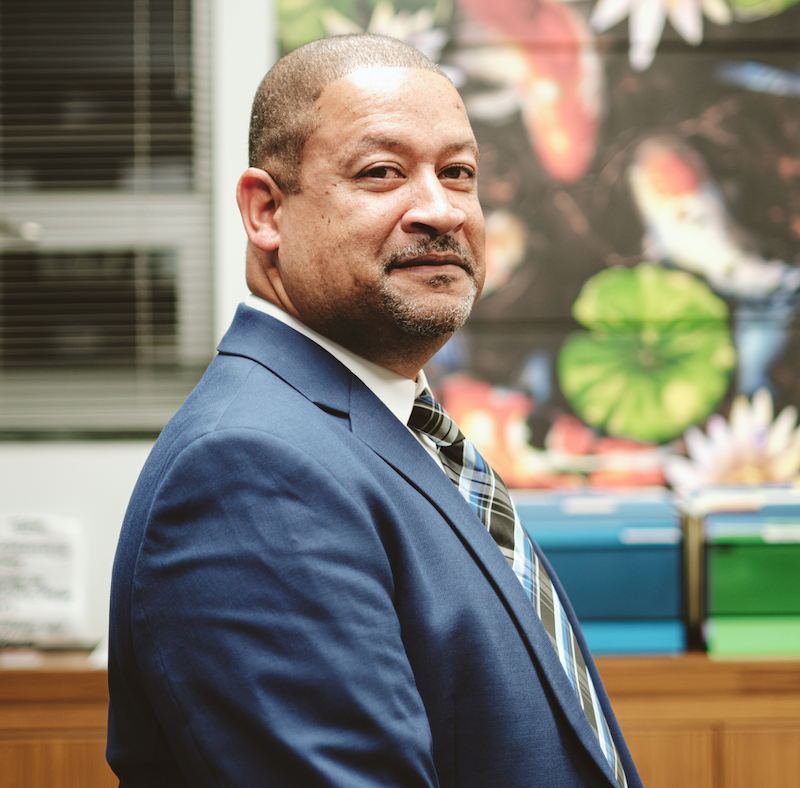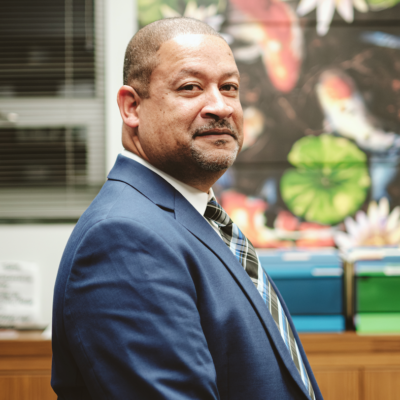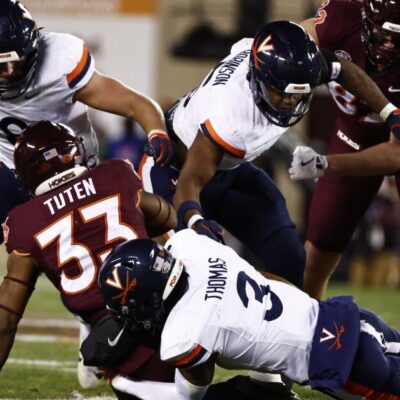
The Charlottesville Police Department is embarking on a hunt to diminish the city’s indigenous population of lead-footed motorists. These ongoing efforts to redistribute local traffic patterns may also double as snares for unsuspecting speed demons—although officials are quick to dismiss talk of “speed traps,” and say that many high-volume speeding arrests are actually in response to citizen complaints.
“There has been a recent wave of requests [to police] on Old Lynchburg Road, Rugby, Holmes/Calhoun, Meade and Avon,” says Charlottesville Traffic Unit Sergeant Michael Farruggio. “The department receives complaints from e-mail, telephone, or traffic counts, and the officers know, from experience, where to self-deploy to enforce the law. They write [tickets] in these areas as long as it’s productive.”
Recent crime blotters, however, suggest that this summer has been an exceptionally busy one for ticket-scribblers. A single-day count from July 26 lists 17 arrests for speed-limit violations on Elliott Avenue, followed closely by a combined total of seven speeding arrests on Rugby Road and Old Lynchburg Road.
According to City spokesperson Ric Barrick, such targeted traffic arrests are “driven by citizen involvement.” But plans to re-evaluate traffic patterns in the city may lead to a spike in police response.
“We’re in the process of implementing an automated system of traffic lights…to automatically time the lights on W. Main Street and eight other city and neighborhood streets,” Barrick says. “Partly to control traffic efficiency… partly to keep a regular amount of traffic on these streets.”
These automated lights will funnel Charlottesville drivers through new routes and allow local police to gather new traffic counts. And while Farruggio assiduously avoids the term “speed traps,” he does say that local police plan to make drivers more self-aware.
Another technological innovation—those speed-flashing “smart machines” set up along certain heavily-trafficked roads, are used by police to “advise motorists of their speed, and possibly influence drivers to self-moderate,” Barrick says. On the other hand, the same devices “can act as a traffic-counting device, informing us of speeds through an area.”
With this information in hand, City police officers can drastically alter their presence on major routes. Given the increased traffic regulation, and a stronger push towards driver awareness, the police department’s view boils down to this: Let the drivers set their own speed traps.
